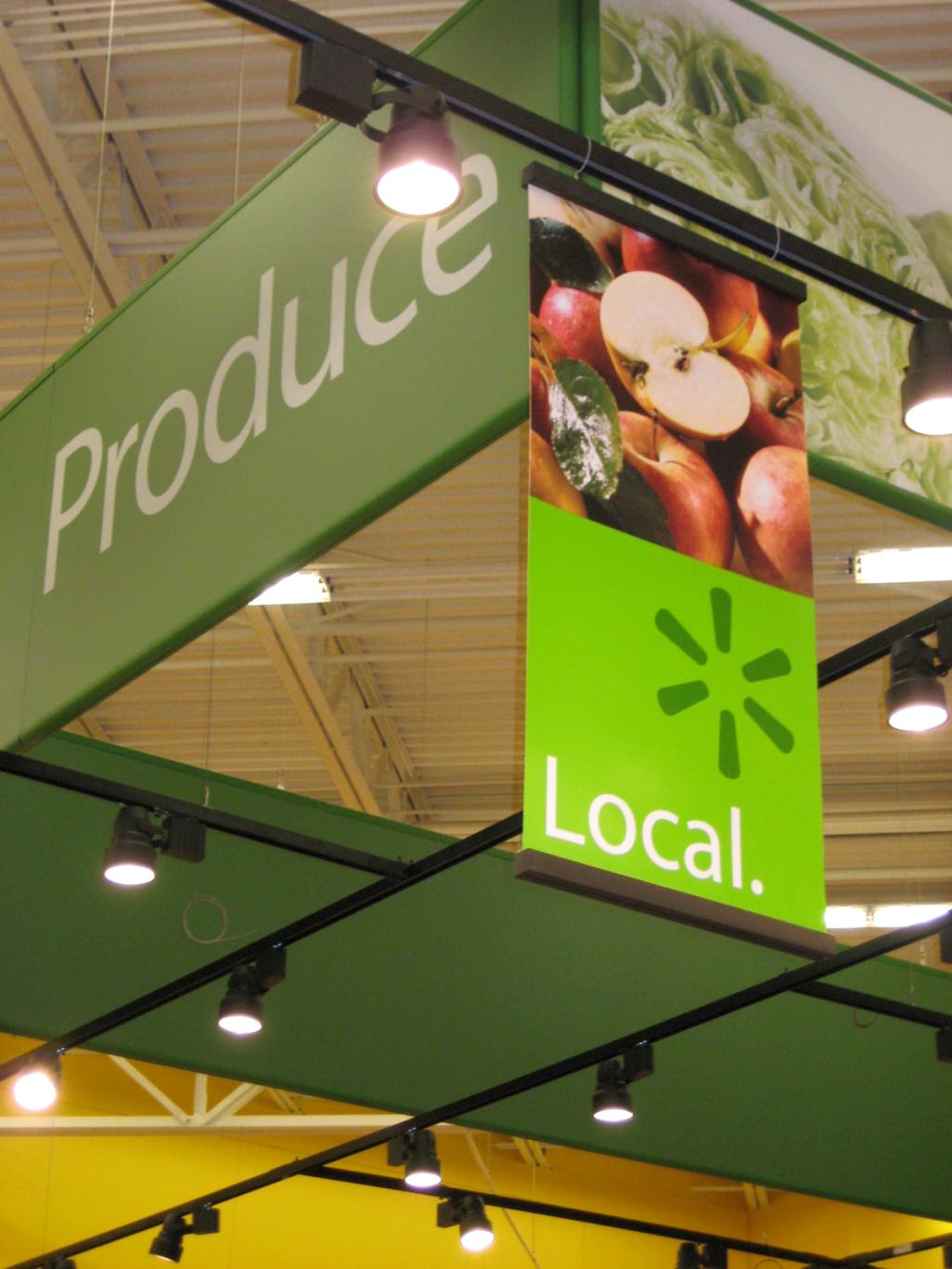
calwestOld-style drilling in California.
California’s Monterey Shale is full of sweet, sweet crude — maybe upwards of 400 billion barrels of the stuff. It’s also full of earthquake-prone faults and fertile farmland. I have an idea: Let’s frack the hell out of it! From CNN:
Running from Los Angeles to San Francisco, California’s Monterey Shale is thought to contain more oil than North Dakota’s Bakken and Texas’s Eagle Ford — both scenes of an oil boom that’s created thousands of jobs and boosted U.S. oil production to the highest rate in over a decade. …
“Four hundred billion barrels, that doesn’t escape anyone in this businesses,” said Stephen Trammel, energy research director at IHS [Cambridge Energy Research Associates].
The trick now is getting it out.
That will require convincing residents of the Golden State to hack up the land North Dakota-style. And by “convincing,” I mean “bribing.”
Several oil companies have put together research teams to work on the Monterey, said Katie Potter, head of exploration and production staffing at NES Global Talent, a company that recruits oil industry professionals.
If the Monterey takes off, Potter said the impact on jobs in the state would be huge, saying the shale boom has already created 600,000 jobs nationwide over the last few years.
“It could potentially solve the state’s budget deficit,” she said.
The Monterey Shale is not as easy to frack as other shale areas because it’s not flat — it’s been crunched up by years of earthquakes. While there are 400 billion barrels in there, only about 15 billion could be drilled out with current technology; most would require “more intensive fracking and deeper, horizonal drilling,” The New York Times reports. Currently, according to the Western States Petroleum Association, 628 of California’s 47,000 active wells are fracking. From the Times:
Severin Borenstein, a co-director of the Energy Institute at the Haas School of Business at the University of California, Berkeley, said technological advances and the high price of oil were driving interest in the Monterey Shale, just as elsewhere.
“Everyone has known that there is shale oil not just in the Monterey Shale but also in North Dakota and Wyoming and all over the country,” he said. “Back in the ‘70s, there were discussions that there’s all this oil and all we’ve got to do is get it. Now 40 years later, the technologies have become available to actually get it in a cost-effective way.”
While oil is found less than 2,000 feet below the surface in fields like Midway-Sunset, companies must pump down to between 6,000 and 15,000 to tap shale oil in the Monterey.
In December, California Gov. Jerry “Uber Alles” Brown (D) released a draft proposal to regulate fracking in the state by requiring companies to disclose the chemicals they use and the exact locations of their operations. Despite that proposal, the conservation group Center for Biological Diversity filed a lawsuit against the state of California in late January for insufficiently regulating fracking. From the Huffington Post:
[T]he Arizona-based Center For Biological Diversity charged that the agency tasked with regulating energy production, the California Department of Conservation’s Division of Oil, Gas and Geothermal Resources (DOGGR) has “[issued] permits for oil and gas well operations … without tracking, monitoring or otherwise supervising the high-risk, unconventional injection practice.”
“State regulators aren’t complying with existing law, which requires the disclosure of the chemicals and total volume of water being used as well as the completion of a thorough engineering study,” the Center For Biological Diversity’s Kassie Siegel told The Huffington Post.
California’s Central Valley already has enough pollution to contend with from toxic farming chemicals that have leaked into groundwater. The Fresno metro area has the worst air quality in the country, topping Forbes’ list of the dirtiest U.S. cities in 2012. I know you’re strapped, California, but you don’t need to risk more environmental degradation and earthquakes to dig yourselves out of this one.



